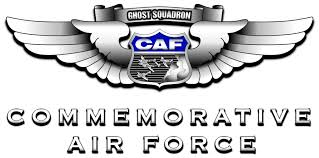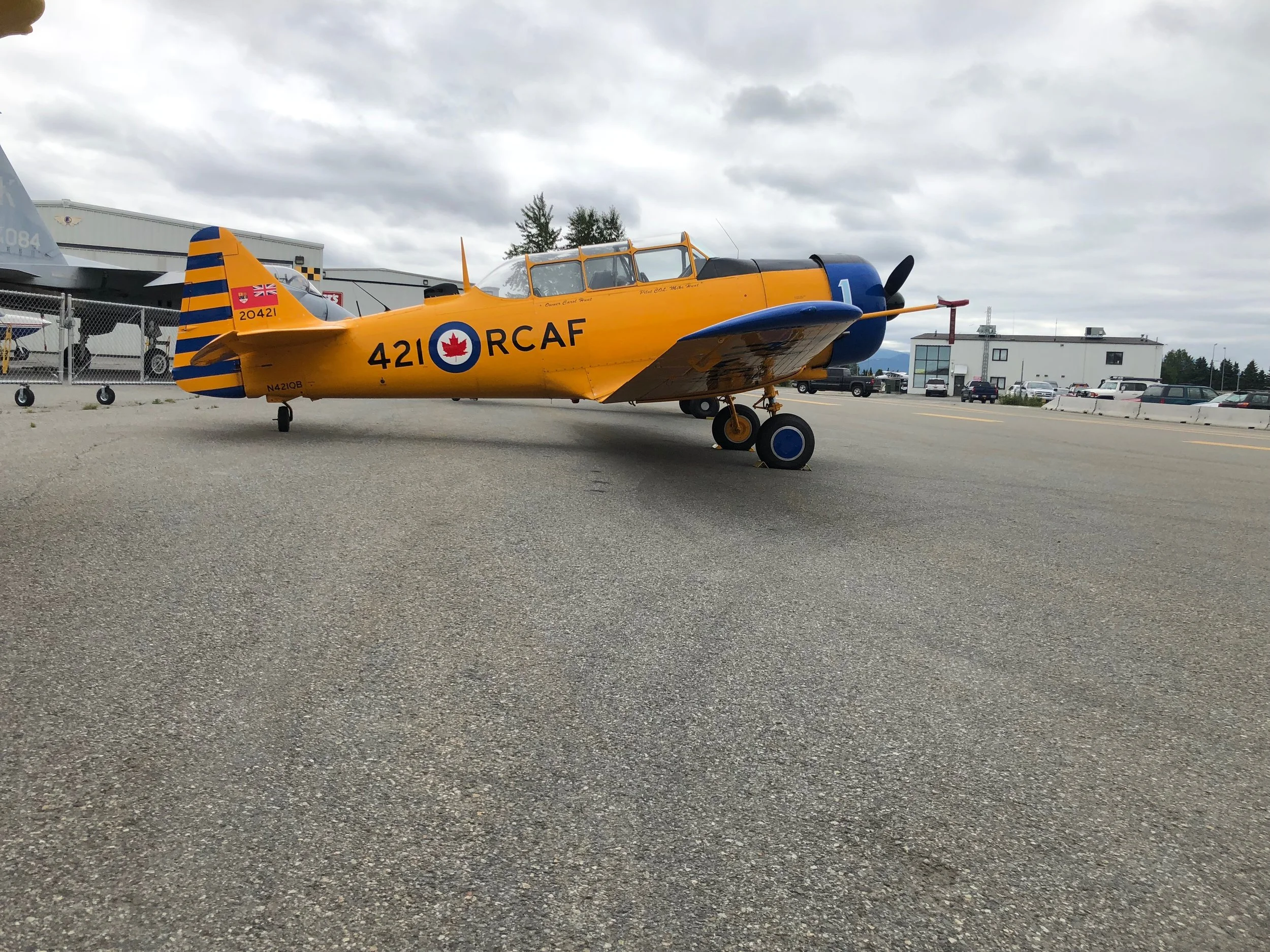HARVARD MK. IV
The Harvard series of advanced trainers were British Commonwealth Air Forces versions of the North American Aviation (NAA) T-6 Texan used during and after World War II. NAA delivered its first Harvards in October 1938 to the Royal Air Force (RAF) and Royal Canadian Air Force (RCAF). The US-built Harvards included the Harvard I, based on the North American BC-1, immediate predecessor to the AT-6; the Harvard II (AT-6); Harvard IIA (AT-6C); and Harvard III (AT-6D). In all, North American built 2,989 Harvards.
Due to NAA being so heavily involved building its B-25 Mitchell and P-51 Mustang aircraft, a license to build Harvards was awarded to Noorduyn Aviation Limited in Canada. Noorduyn built 757 Harvard IIBs for the RCAF and an additional 1,800 of the Harvard IIB/AT-6A type designated AT-16 for lend-lease.
Following World War II Canadian Car & Foundry (CCF) in Fort William (now Thunder Bay), Ontario, built the Harvard Mk. IV, introduced into RCAF service in 1951. The Mk. IV was similar to the US Air Force remanufactured T-6G Texan. Of the 555 Harvard Mk. IVs built by CCF, the USAF purchased 285 as T-6Js, built to T-6G standards, for the Mutual Defense Assistance Program.
The T-6 family is one of the most recognizable warbirds of World War II. CAF Alaska Wing is honored to be charged with flying our Harvard in its distinctive RCAF markings. Her striking livery serves as a nod to her time as "Goldilocks #1", the lead aircraft for the RCAF Goldilocks aerial display team that performed across Canada during the 1962-1964 airshow seasons.
After its service with the Royal Canadian Air Force, 20421 entered the civilian world as N421QB eventually making its way to California and into the hands of Roger Grunert who continued the Harvards flying legacy by performing at air shows.
In the late 1990’s the plane would be sold to Colonel (RET) Howard Mike Hunt, for whom our wing is named and the wing benefactor. Hunt needed an airplane to fill a new hanger he purchased at the Nut Tree Airport in Vacaville, California, the yellow Harvard with the unique history was the perfect fit. Wanting to grow a warbird community in Alaska, he and his wife Carol, affectionately known as Queenie, decided to donate the Harvard to the Commemorative Air Force in 2007 in order to form a wing in Alaska.
The then 50 year old California based plane made the long trip following the Northwest Staging route, similar to other RCAF Harvards that served in Alaska during the Aleutian Theater. The route took them to Tacoma, then onto Vancouver, Prince George, Fort St. John, Fort Nelson, Watson Lake, Whitehorse, Northway and finally to a hanger at the Birchwood Airport, 20 miles northeast of Anchorage. Colonel Hunt had the desire to share his love of flying warbirds with other pilots, younger pilots and immediately began recruiting others who showed an interest in learning how to fly them. Many of those same pilots are still with us today tirelessly dedicated to the preservation of history through aviation.
Common Allied Trainer
The Harvard served as the T-6 with the American Air Force, as the SNJ with the Navy and Marines, and as the Harvard. Prior to the attack on Pearl Harbor, many Americans volunteered to fight under the flags of the Commonwealth nations, including Canada and Britain, some going on to serve in the famed Eagle Squadrons. Our Harvard honors all those that served under both American and Commonwealth command, but especially those Canadian Airmen that fought in Alaska in 1942 and 1943 to hold the line against the Imperial Japanese onslaught.
Versatile Trainer
Powered by a Pratt and Whitney radial engine capable of 550 horsepower, the Harvard served as a capable lead-in trainer for pilots transitioning to the more powerful fighter aircraft of the day. Its power and ruggedness led it to become the most prolific advanced trainer of the war. Many of the traits found in the T-6 family were directly related to her stablemate, the North American P-51 Mustang.
Enduring Legacy
The T-6 family is one of the most recognizable warbirds of World War II. CAF Alaska Wing is honored to be charged with flying our Harvard in its distinctive RCAF markings. Her striking livery serves as a nod to her time as "Goldilocks #1", the lead aircraft for the RCAF Goldilocks aerial display team.








